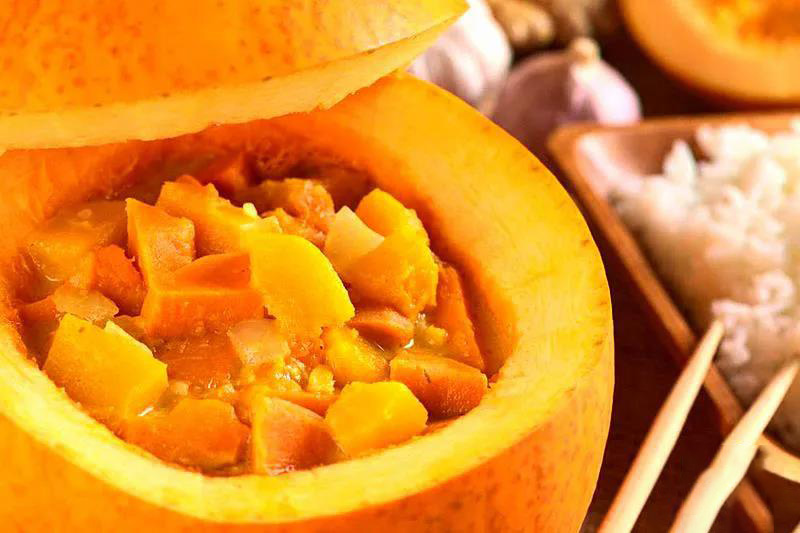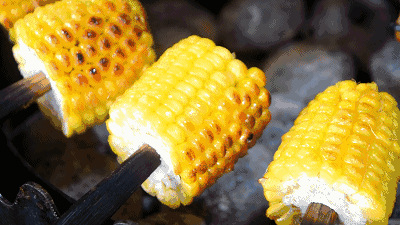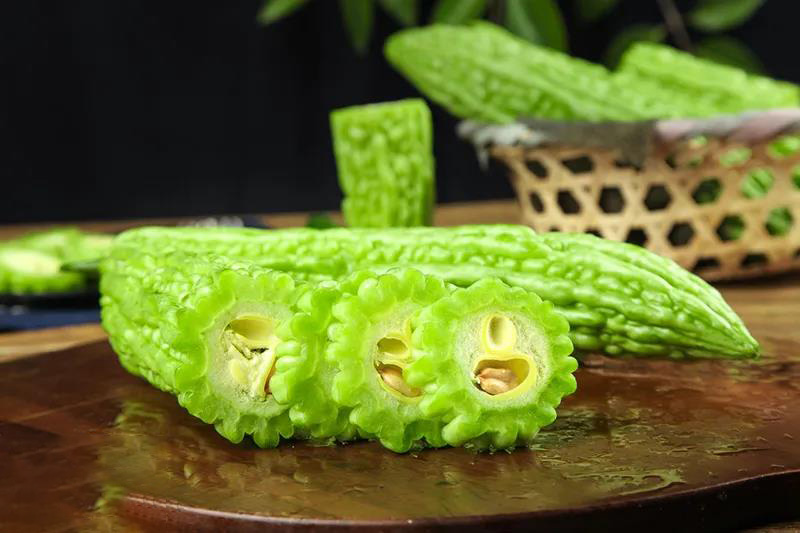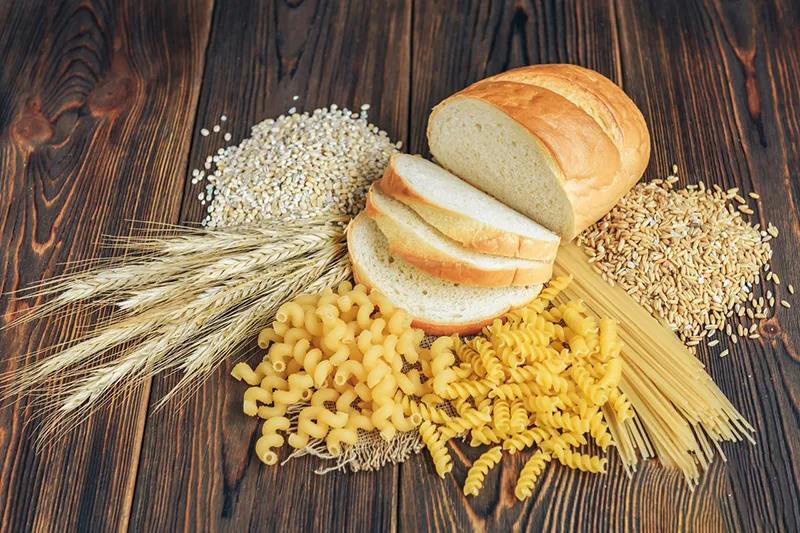
The rise in blood sugar is not what many diabetics want to see. If you eat something, you will worry about gain and loss. How can you lower blood sugar?
It is precisely because of everyone’s demand for hypoglycemic, there are a variety of hypoglycemic foods on the market.
The most widely spread practice is that some diabetics treat pumpkins and corn as hypoglycemic drugs.

So can eating pumpkin and corn really reduce blood sugar? How to reduce blood sugar scientifically? Let’s watch it today.
Can eating pumpkin and corn really reduce blood sugar?
In fact, any kind of food, as long as it has calories, will raise blood sugar after eating.
This fluctuation can be divided into size and speed, but it is impossible for blood sugar to fall instead of rising.
The reason why pumpkin and corn can reduce blood sugar is that corn and pumpkin do have ingredients that can improve blood sugar, but the key point is that the effect of a certain ingredient in food is not equal to the effect of this food!
Pumpkin polysaccharide contained in pumpkin can regulate blood lipid, blood glucose and blood pressure in animal experiments; In addition, pumpkin also contains a soluble dietary fiber called “pectin”, which can slow down carbohydrate absorption and delay the rise of postprandial blood glucose.
But although the “pumpkin polysaccharide” and “soluble dietary fiber” in pumpkin have so many benefits, every 100g pumpkin itself has 4.5g carbohydrates and 22 kcal calories.
Generally speaking, every 350g-400g pumpkin is about equal to the heat generated by half a steamed bread (25g staple food). These heat will eventually be converted into glucose in the human body and absorbed by the human body into blood sugar.

Moreover, the glycemic index of pumpkin is 75, 39 higher than apple, 32 higher than grape, 25 higher than banana, 9 higher than pineapple and 5 higher than watermelon. It belongs to high glycemic index food.
Therefore, if a large number of diabetes patients eat pumpkin, especially in the case of no reduction in the staple food, blood sugar will not only reduce, but will increase blood sugar.
Pumpkin can be eaten or eaten. When choosing a pumpkin, diabetics should choose the tender pumpkin with high moisture content, low sugar content, sweet taste and vitamin C, rather than an old pumpkin rich in sugar and starch.
Look at the corn.
Corn is rich in polysaccharides, unsaturated fatty acids and vitamin E, with linoleic acid content as high as 60%. Corn contains more magnesium and glutathione. In animal experiments, these components can effectively reduce the concentration of cholesterol in blood and improve insulin resistance.

But corn also contains a lot of carbohydrates, which also belongs to high glycemic index food. Every 100g of corn contains 106 kcal calories and 19.9g carbohydrates.
In other words, a medium-sized corn with a stick heart is about equal to the heat of half a fist sized steamed bread (corresponding to 25g staple food).
Therefore, eating corn to reduce blood sugar is not desirable.
To sum up, the effect of a high concentration extract in food is not equal to the effect of food! Relying on food to reduce blood sugar is not reliable.
What other foods can’t reduce blood sugar?
Tartary buckwheat: tartary buckwheat is rich in bioflavonoids, sugar alcohols, d-chiral inositol, anthocyanins and other active components. It has remarkable effects in anti-tumor, anti-oxidation, scavenging free radicals, preventing and treating cardiovascular and cerebrovascular diseases, improving islet function and regulating blood glucose, blood lipid and blood pressure.
However, it is unreliable to achieve the effect of reducing blood sugar by eating tartary buckwheat.
It is suggested that tartary buckwheat be included in the total staple food of a day, about 50g-100g per day.
Buckwheat: some studies believe that rutin in buckwheat can regulate the activity of insulin and help reduce blood sugar, but the content of Rutin in buckwheat is very small, and the daily dietary dose can not reduce blood sugar.

Momordica charantia: Momordica charantia Saponins Extracted from Momordica charantia have insulin like effects in animal experiments and can assist in lowering blood sugar.
However, the extraction process of balsam pear is very complex. If you eat balsam pear directly, you can’t reduce blood sugar.
It is suggested that balsam pear be included in the total amount of vegetables in a day, about 50g-200g per day.
Okra: okra contains a certain amount of soluble dietary fiber, which is a good vegetable choice for diabetics.
But it is unrealistic to achieve the effect of reducing blood sugar by eating okra.Tremella fuciformis: Tremella fuciformis polysaccharide in Tremella fuciformis can significantly reduce the blood glucose level of four oxazine diabetic mice, and also significantly reduce the blood sugar level of hyperglycemic animal and normal animal, and increase the level of serum insulin.
However, there is no evidence that daily consumption of Tremella can reduce blood glucose.
It should be noted that although the direct consumption of the above foods can not reduce blood sugar, considering that they are rich in diversified nutrients, they should still be eaten to achieve a balanced diet.
How to reduce blood sugar scientifically?
First of all, the whole day food intake should not only meet the needs of energy consumption, but also pay attention to nutritional balance, such as protein, vitamins, minerals, dietary fiber, etc.
The advice of heat allocation for three meals a day: breakfast 1/5, Chinese meal 2/5, dinner 2/5, each meal contains carbohydrates, fat and protein, and the proportion is fixed.

Food intake should cooperate with drugs and exercise, and be regular and quantitative.
For the elderly with emaciated diabetes, special attention should be paid to increasing intake of high-quality protein such as meat, eggs, milk and beans, while strengthening physical exercise to avoid excessive control of diet leading to malnutrition and muscular dystrophy.
To sum up, it is not advisable to reduce blood sugar by eating pumpkin and corn. To master the methods of reducing blood sugar scientifically, food intake should cooperate with drugs and exercise
Comments